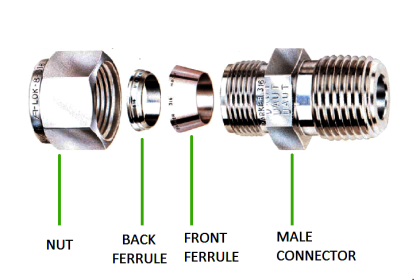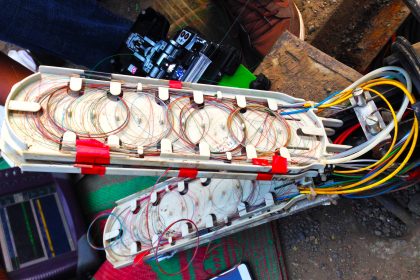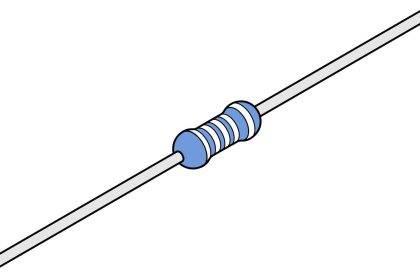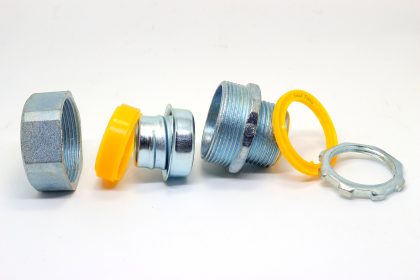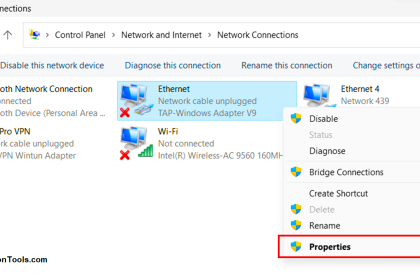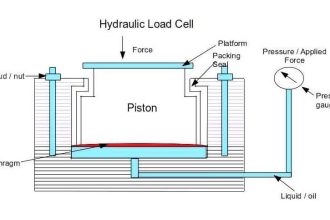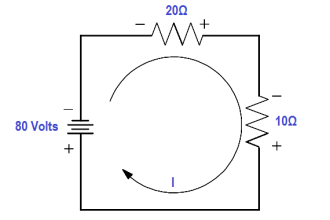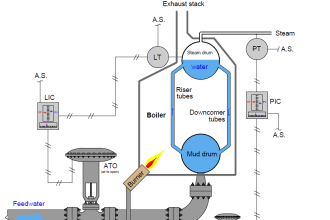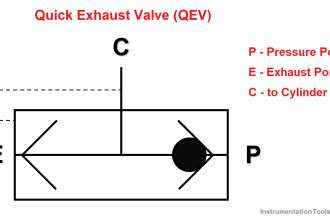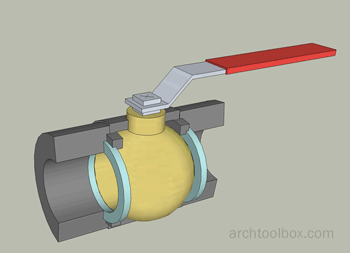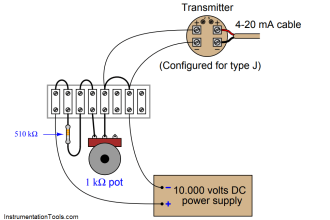In this post, we will see the concept of a collaborative robot (cobot).
In Industry 4.0, robots play a very important role in revolutionizing the industry. Although robots are very useful in a particular industry, it also has some cons. Robots are completely capable of replacing a human being’s work. This somehow challenges the survival of the workforce in the industry.
Also, as they work independently, they automatically reduce human dependency, and thus the manpower is reduced in a company. This can steal the jobs of many people. Also, they are very costly, big in size, and complex in programming.
Collaborative Robot
To overcome this fear of losing jobs and reducing the complexity, cobots have been designed. A cobot stands for the collaborative robot. Basically, it is designed not to completely erase human presence; but to work hand in hand with him.
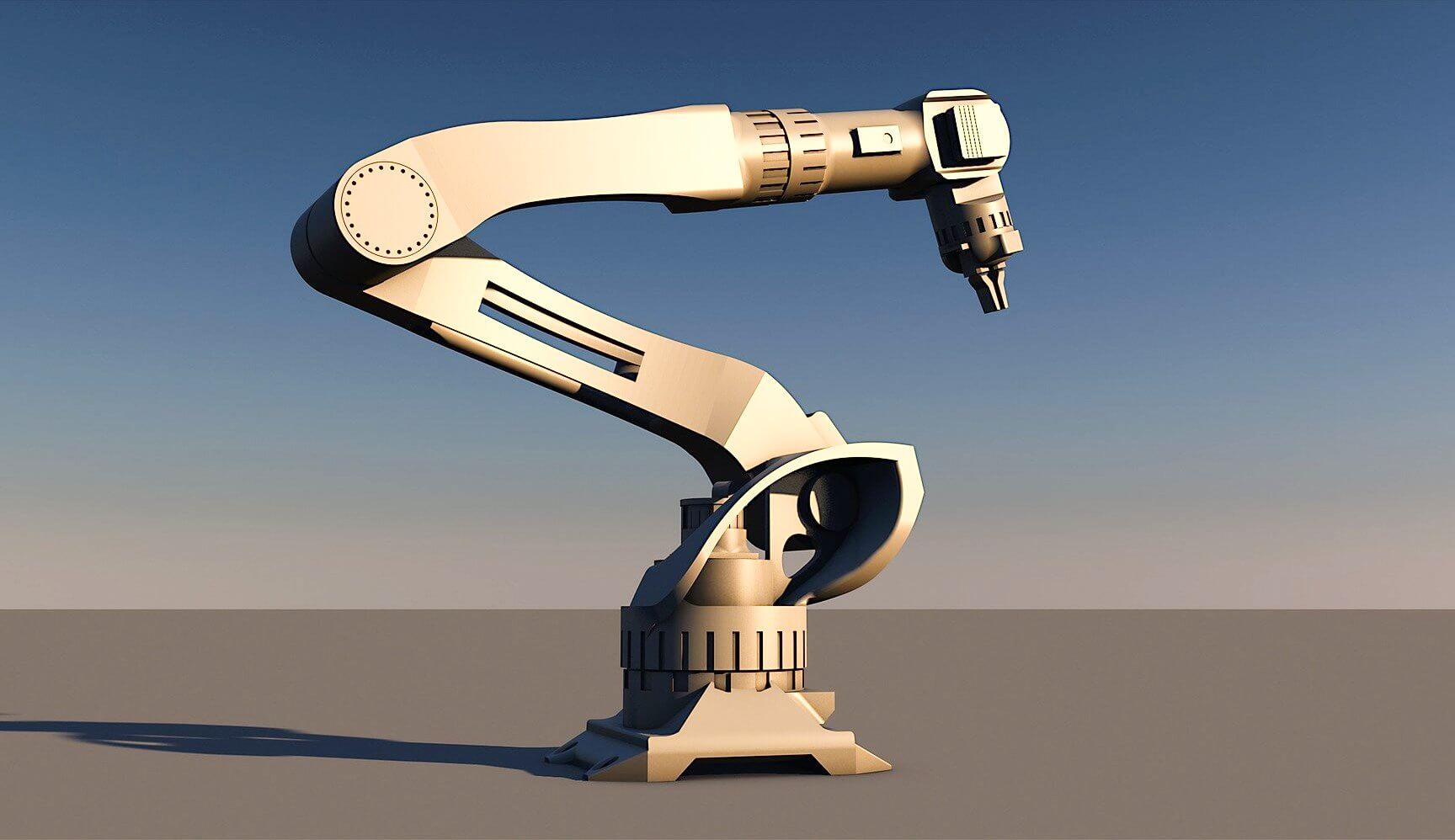
Cobot works in collaboration with human workers in doing a job. For example, suppose a human is doing a job with his two hands and he requires the other two hands to fulfill a complex job. That job is done by a cobot.
It is like a person working in tandem with another person. The only difference will be the cobot in place of that other person.
Cobot is relatively easier to program and by means of user-friendly software and mobile applications, it can easily learn new actions. It can thus be quickly used to perform different tasks.
A robot on the other hand will do only a particular task and if it’s required to do another task, it’s a hectic task to program it once again. Robots take normally a week or few days to setup and install. But a cobot takes normally half an hour to install and use.
You must be thinking that even a cobot is replacing other humans. But cobots are normally used in case of any emergency when that other person is not available for work with the first person.
The availability of a cobot in a very short time increases its flexibility to use in many situations. Also, if a condition arises that extra work has come and it is not possible to hire a person in such a short span of time. In this case, a cobot can easily do this work in place of a human and assist the other person is doing the job.
Cobots have a very high level of accuracy. It can achieve an accuracy of 0.1 mm and is thus more reliable than a person. Each and every task will be done with consistent repeatability and accuracy than a normal human being.
As cobots work in tandem with a human, it reduces the work security fear of an employee. They are designed to work with a human and not to replace a human.
Because cobots work in synchronization with Industry 4.0 applications like artificial intelligence, machine learning, IoT, etc. they easily increase the productivity and efficiency of factory output.
Cobots are used in various sectors of a company like logistics, manufacturing, supply chain management, etc. They consume less power and are less costly as compared to a robot. As they work near to a human, they always have collision detection programs running parallel to avoid conflict with persons nearby and endangering their lives.
If you liked this article, then please subscribe to our YouTube Channel for Instrumentation, Electrical, PLC, and SCADA video tutorials.
You can also follow us on Facebook and Twitter to receive daily updates.
Read Next:

